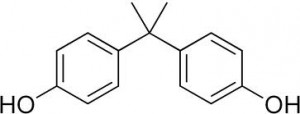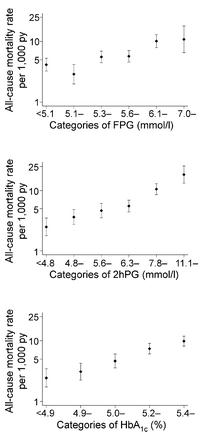I’m switching to a new email sign-up service and have no idea how to transfer my current list of subscribers. If you’d like to continue receiving updates, please sign-up again on the right.
Admittedly, the effect of diet on metabolic rate is small (i.e. statistically non-significant in most cases), but its incredible consistency across space and time suggest it could be true. And given the difficulty of maintaining a reduced body weight after dieting, it might even be important. The following studies are examples of widely differing subject populations in various metabolic conditions; yet the effects of diet on metabolic rate exhibit a phenomenal degree of similarity.
disclaimer: I don’t know what’s more important – metabolic rate per se, the diet behind it, or the resulting hormonal adaptations. All of the diets that are associated with a higher metabolic rate are also predicted to result in lower insulin levels and higher fat oxidation. Thus, we are left with a triumvirate of diet, hormonal milieu, and energy expenditure… all of which are important for body composition and quality of life.











